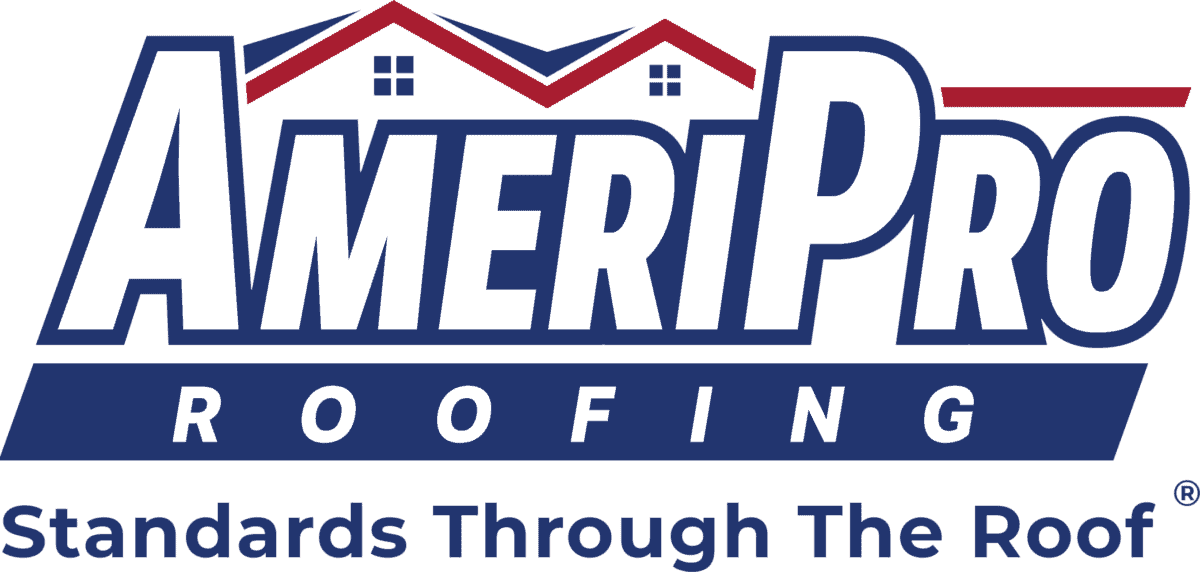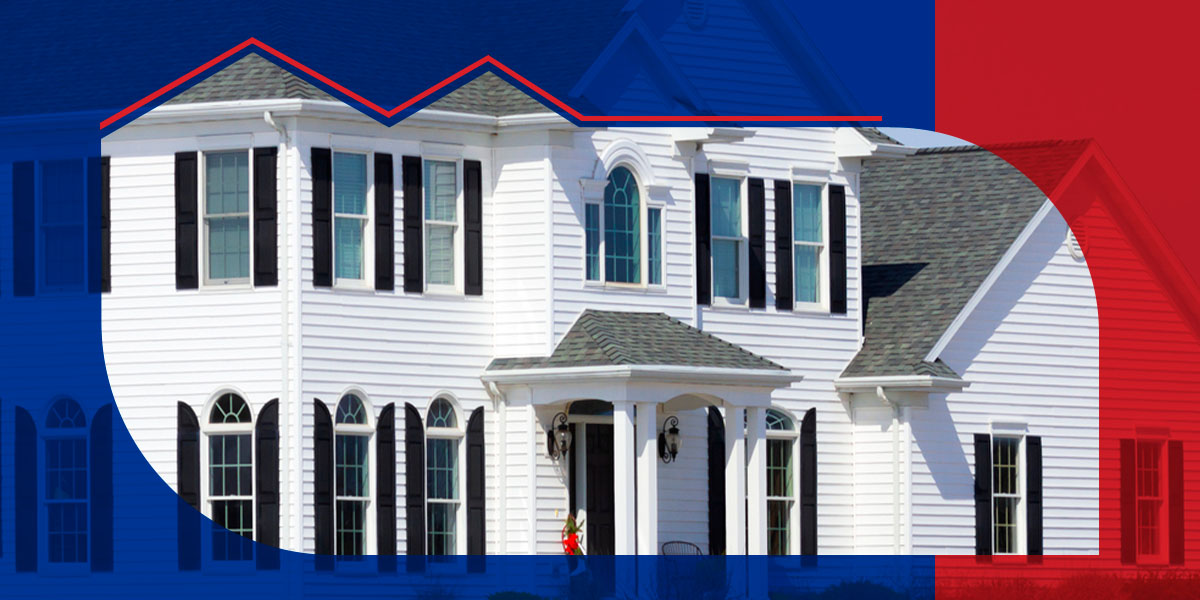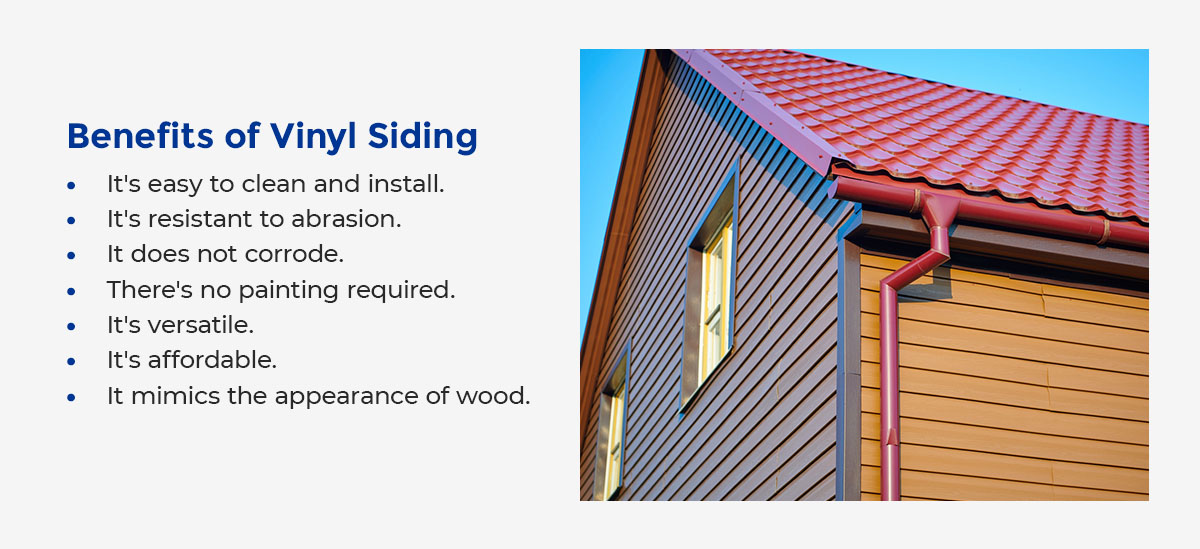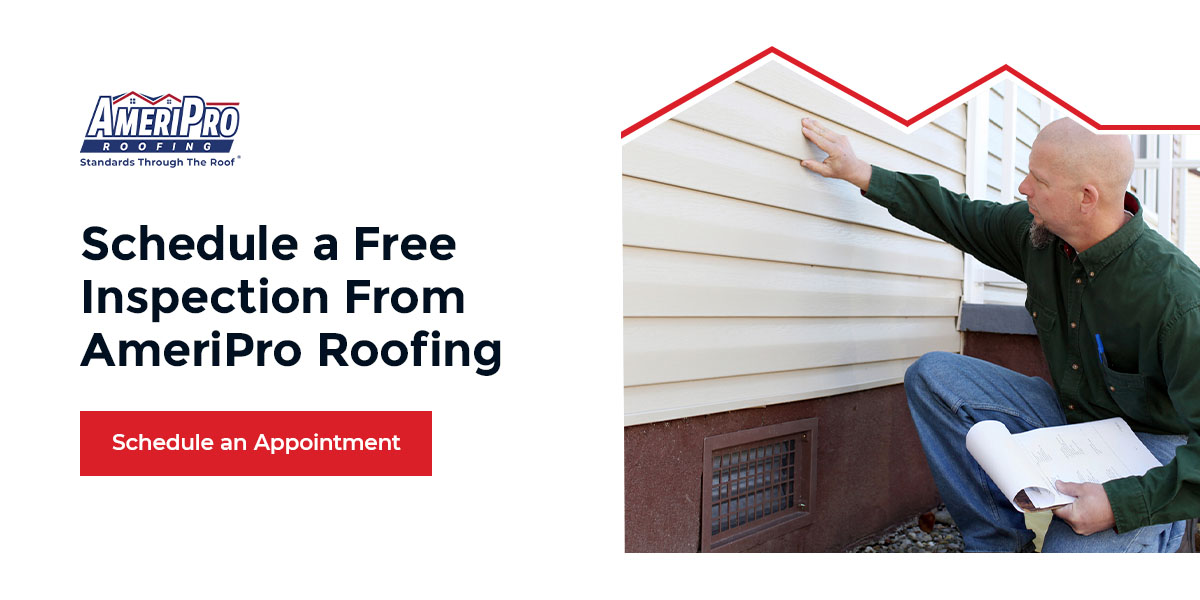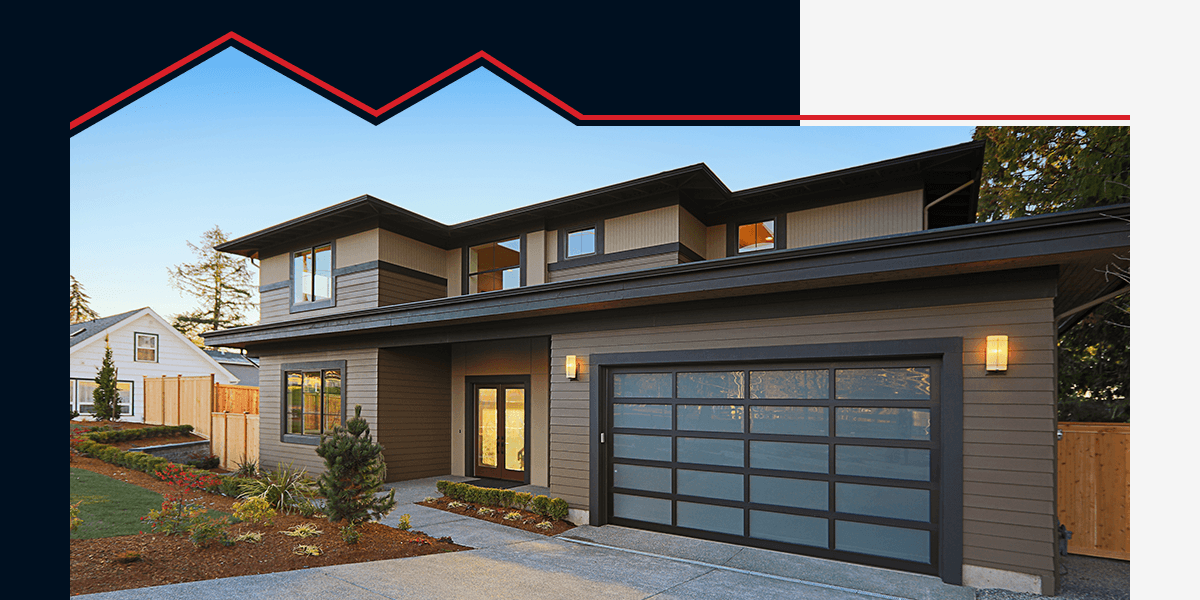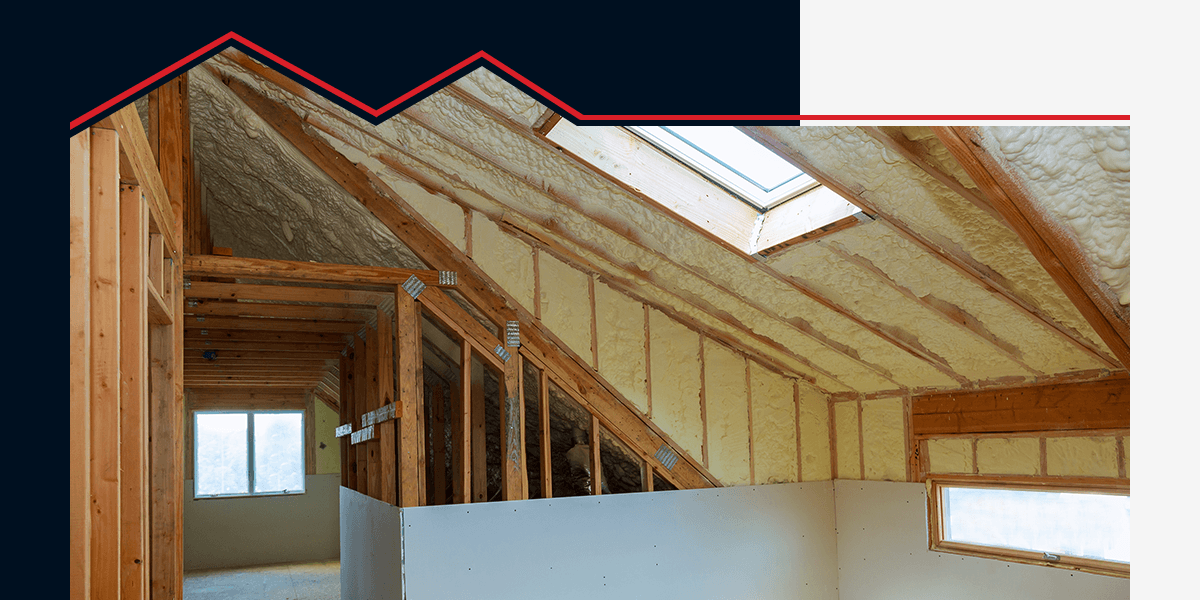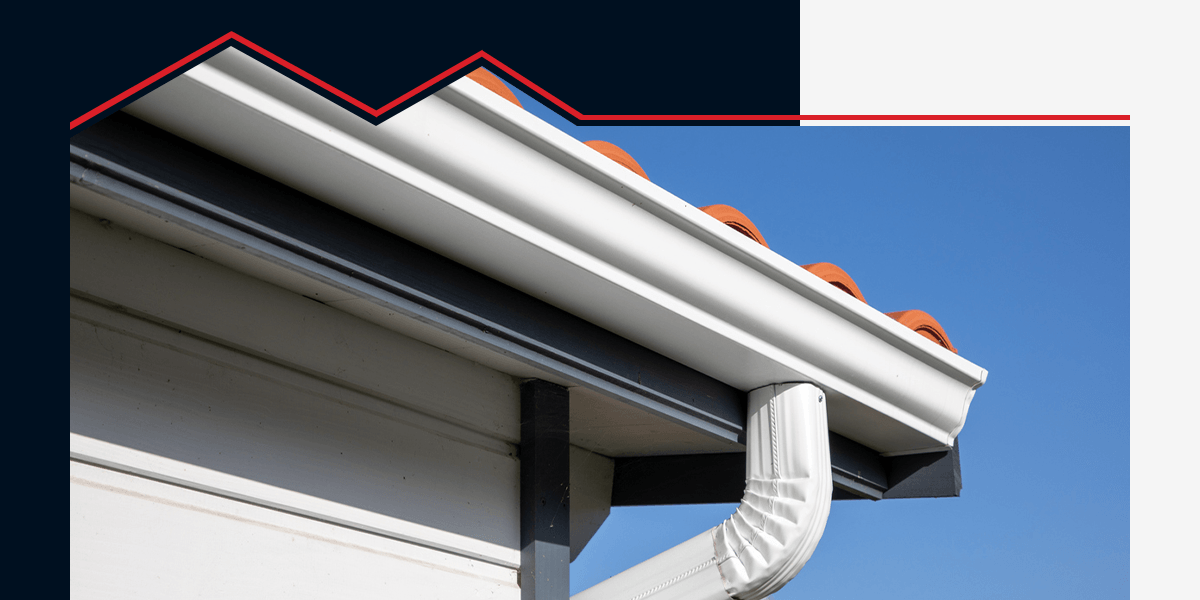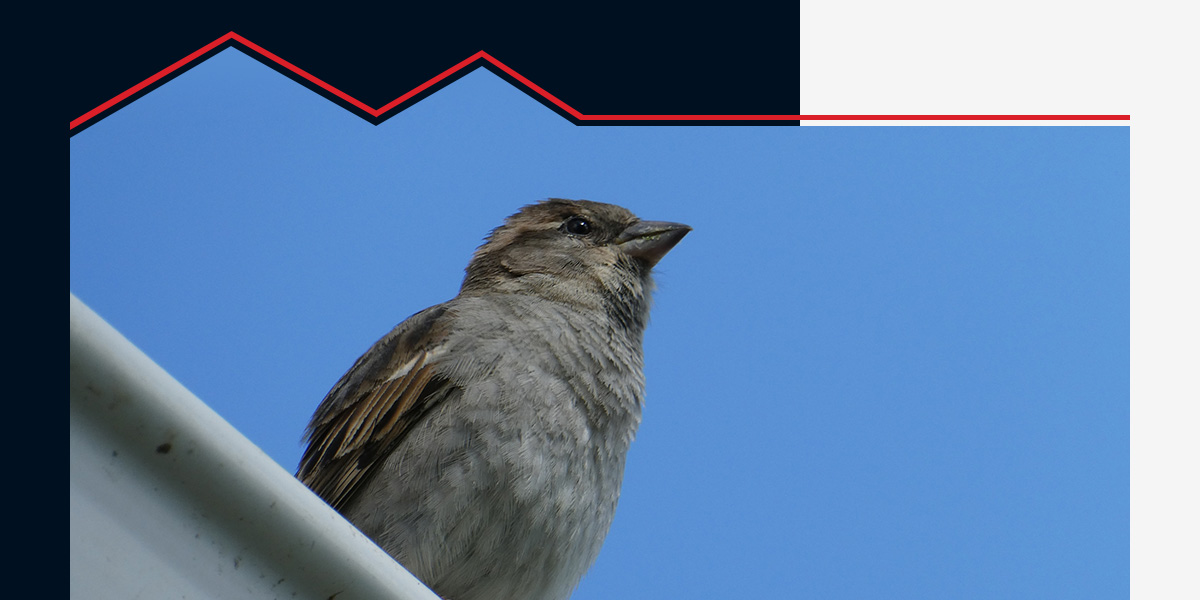Siding is a type of wall cladding that forms a protective exterior layer around your house. As such, siding is one of your home’s first lines of defense against external damage caused by weather conditions like wind, snow or intense heat. Choosing the right vinyl siding for your home depends on several factors, including the climate in your area. The Midwest has unique weather patterns that you should consider before investing in siding for your home.
Common Types of Siding in the Midwest
The Midwestern region of the United States is classified as having a humid continental climate. The Midwest experiences vast seasonal changes, from humid and hot summers to severely cold winters.
Midwesterners understand why the region is known for its natural beauty. Just take a look at the rolling flat plains and amazing American Basswood and Elm trees. For a good reason, the Midwest is affectionately known as the Heartland of America.
The weather in the Midwest means some types of siding perform better than others. Here are some examples of Midwest siding you may see:
- Fiber cement: Fiber cement is often made of cement, fine sand and wood fibers. The mix makes the siding heavy while providing robust protection against the cold climate. It is also resistant to fading.
- Natural wood: Natural wood siding is a traditional option, especially for homeowners looking to make their houses look rustic and cabin-like. It does require more maintenance than the other types of siding, but some homeowners believe it to be worth the effort for that timeless look.
- Steel: Steel requires very little maintenance, is recyclable and can last a lifetime with a bit of care. However, steel may be noisy when rain or hail comes around.
- Stone: Stone is another natural resource that has a completely different look from wood. Stone is long-lasting and versatile. As it is a natural material, it can be pricey, but it is an excellent long-term investment if your budget can afford it.
- Vinyl: Vinyl has become increasingly popular over the last few decades as a housing material. It is durable, environmentally friendly and affordable.
Types of Vinyl Siding
Vinyl siding comes in two different styles. You can either run it horizontally or vertically. Horizontal siding is more traditional and is known as Dutch lap siding. The pieces overlap each other slightly so water can run down during the rainy season. It can either have a smooth or wood-grain finish.
Vertical siding is a new method that has gained popularity. Vertical vinyl siding makes for a modern look by creating an optical illusion that the house is taller than it really is. Vertical siding also encourages the rain to just flush straight down and leave no residue.
Benefits of Vinyl Siding
Many industries use vinyl as a building material. It is highly durable with low greenhouse gas emissions. Many people enjoy vinyl siding because:
- It’s easy to clean and install.
- It’s resistant to abrasion.
- It does not corrode.
- There’s no painting required.
- It’s versatile.
- It’s affordable.
- It mimics the appearance of wood.
Vinyl siding is certified through the Vinyl Siding Institute (VSI) to ensure it meets international code standards.
Common FAQ for Vinyl Siding
You may have some questions about vinyl siding, especially given it’s a newer addition to the world of siding. We’ll tackle a few of them here, but if you have any more, you can chat with one of our vinyl siding experts.
1. How Long Does Vinyl Siding Typically Last?
Vinyl siding can have a life span of up to 60 years if properly maintained. Because the Midwest experiences all four seasons and all the weather conditions that come with them, your vinyl siding might become worn out a bit quicker due to extensive rain, snow, sun or wind. Taking good care of your vinyl siding can help it last as long as possible. Cleaning your vinyl siding with a soft bristle brush and warm soapy water a few times per year can help make it last longer. Rinse the siding with your garden hose when finished.
2. Is Vinyl Durable Against the Weather?
Vinyl siding has been tested and gone through third-party certification to ensure it can withstand harsh weather conditions. It will protect your house against the following:
- Winds of least 110mph
- Harsh sunlight and heat
- Impact damage
3. What Colors Can I Get Vinyl Siding In?
Loads of colors! Some popular vinyl colors include the following:
- White: White is a timeless and beautiful choice for vinyl siding. It comes in many shades, including ivory and eggshell.
- Blue: Blue is a calming color that can make your home feel welcoming, pleasant and soothing.
- Brown: Brown is beautiful and earthy and gives your home a natural appearance.
- Yellow: Yellow is a cheerful, sunny color that is popular with families.
- Sage green: Sage green siding can make your home feel connected to nature and is perfect if you love green but want versatile and stylish siding.
- Gray: Gray siding is neutral and pairs well with virtually any other color. You can choose between soft gray or a more dramatic gray for your siding.
How to Increase the Life Span of Your Siding in the Midwest
Most elements in your home will need a little love and care every now and then. Vinyl siding requires some maintenance, and you can increase the life span of your siding using these tips:
- Keep it clean: In wet conditions, you might get a bit of mildew on your siding. Grass that gets blown up from the lawnmower and weed eater will also stick and potentially stain as well. Keep your vinyl siding clean with a simple hose wash-down. Use a sponge if there is a dirt or mud clump.
- Check for damage: It is always a good idea to do a visual inspection after experiencing any harsh weather conditions. Catching issues early will save costs so the damage doesn’t spread.
- Be careful around your house: Intense heat from grills and barbecues can cause damage to the siding. Also, be mindful of trees that are too close to the home. Branches could fall during storms or because of age, which could damage the siding.
Signs Your Vinyl Siding Needs Replacing
Siding can last up to 60 years with very little maintenance, but you may have to replace your vinyl siding if you notice the following signs:
- Blistering or bubbling surfaces
- Faded colors
- Cracks or warps
Schedule a Free Inspection From AmeriPro Roofing
AmeriPro Roofing has completed over 150,000 projects for our clients. Our team is comprised of experts who can fix roofs and gutters and replace siding. We assess storm-related damage, offer complimentary home inspections, repair leaks and perform preventive maintenance.
We have teams in 12 states that are ready to assist you. Schedule an appointment today to transform your home.


